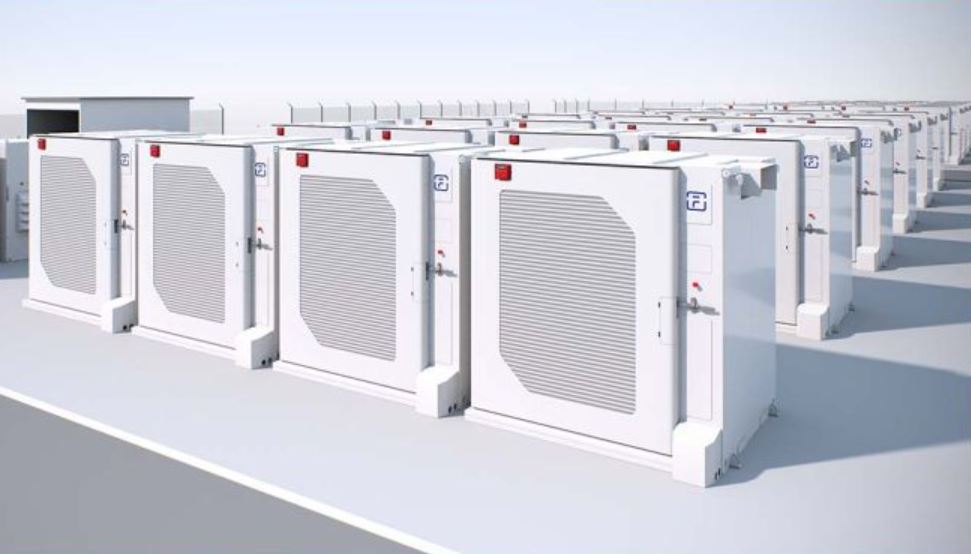AGL has reached a final investment decision (FID) of $41 million with the Australian Renewable Energy Agency (ARENA) to build a 50MW large-scale battery with one hour of storage that will help to improve the reliability of energy supply in Broken Hill, as well as providing storage and firming capacity to the National Energy Market (NEM).
ARENA confirmed on Friday it will provide a $14.84 million grant to enable the construction of the 50MW/50MWh lithium-ion battery which will be equipped with advanced inverter technology designed to improve system strength and support increased levels of renewable energy generation in the area.
AGL chief operating officer Markus Brokhof said the project is another step forward for the energy utility which has ambitions to become “a leading orchestrator of batteries in Australia”.
“As Australia moves forward with its energy transition, we know that firming technologies like batteries play an important role in energy storage and supporting renewable energy supply,” he said.
“Broken Hill’s unique edge-of-grid environment provides an ideal location for this advanced inverter technology to demonstrate how it can facilitate further penetration of renewable energy generation and add to the stability of the wider electricity network.”

AGL has engaged energy storage provider Fluence and its consortium partner Valmec to supply the battery for the Broken Hill project which has been designed to be compatible with the 53MW Broken Hill Solar Farm and the nearby 200MW Silverton Wind Farm, both of which AGL operates.
ARENA chief executive Darren Miller said he expects the Broken Hill battery to demonstrate the ability of large-scale batteries to be equipped with grid-forming inverters to improve system strength and facilitate higher penetrations of variable renewable energy generation at the lowest cost.
“Big batteries are already becoming critical to our electricity system, but we know with grid-forming inverters they can provide system strength services traditionally provided by thermal generation,” he said.
“We are particularly interested in seeing how AGL’s Broken Hill battery will utilize and demonstrate advanced inverter technology in a weaker section of the energy grid.”
Fluence Australia general manager Aaron McCann said the Broken Hill battery, the first project the company is delivering to AGL after signing a framework agreement in 2021 to supply up to 1GW of grid-scale battery storage, will offer “market-leading functionality with advanced grid-forming inverters”.

The battery is expected to benefit AGL’s Broken Hill Solar Farm. The project, which will use Fluence’s Gridstack product, will start and remain in grid-forming mode with all inverters operating as a voltage source. The company said the system will inherently resist changes in voltage and frequency on the grid and provide synthetic inertia.
“Broken Hill battery’s full power occurs instantaneously to quickly respond to large changes in voltage and or frequency, which is the fastest response of all battery energy storage systems currently available in the market,” McCann said.
The Broken Hill battery is to be built on industrial land about six kilometers southeast of the city center. The project, which will connect to TransGrid’s Broken Hill substation, is expected to be completed by early 2023.
The final investment decision for the Broken Hill project comes just days after AGL secured planning approval for a 500MW/2GWh grid-connected utility scale battery to be developed at the site of its coal-fired Liddell power plant in the NSW Hunter Valley.
The projects are part of the power producer’s plan to establish a large-scale battery storage portfolio. The energy giant has already commenced construction of a 250MW/1GWh battery at the site of its Torrens Island power station in South Australia, has unveiled plans to build a large-scale battery at Loy Yang A power station in Victoria (200MW/800MWh), and has announced support for battery projects at Wandoan (100MW) in Queensland and Maoneng (4 x 50MW) in NSW. It is already operating the 30 MW/8MWh BESS at Dalrymple in South Australia.
This content is protected by copyright and may not be reused. If you want to cooperate with us and would like to reuse some of our content, please contact: editors@pv-magazine.com.




2 comments
By submitting this form you agree to pv magazine using your data for the purposes of publishing your comment.
Your personal data will only be disclosed or otherwise transmitted to third parties for the purposes of spam filtering or if this is necessary for technical maintenance of the website. Any other transfer to third parties will not take place unless this is justified on the basis of applicable data protection regulations or if pv magazine is legally obliged to do so.
You may revoke this consent at any time with effect for the future, in which case your personal data will be deleted immediately. Otherwise, your data will be deleted if pv magazine has processed your request or the purpose of data storage is fulfilled.
Further information on data privacy can be found in our Data Protection Policy.